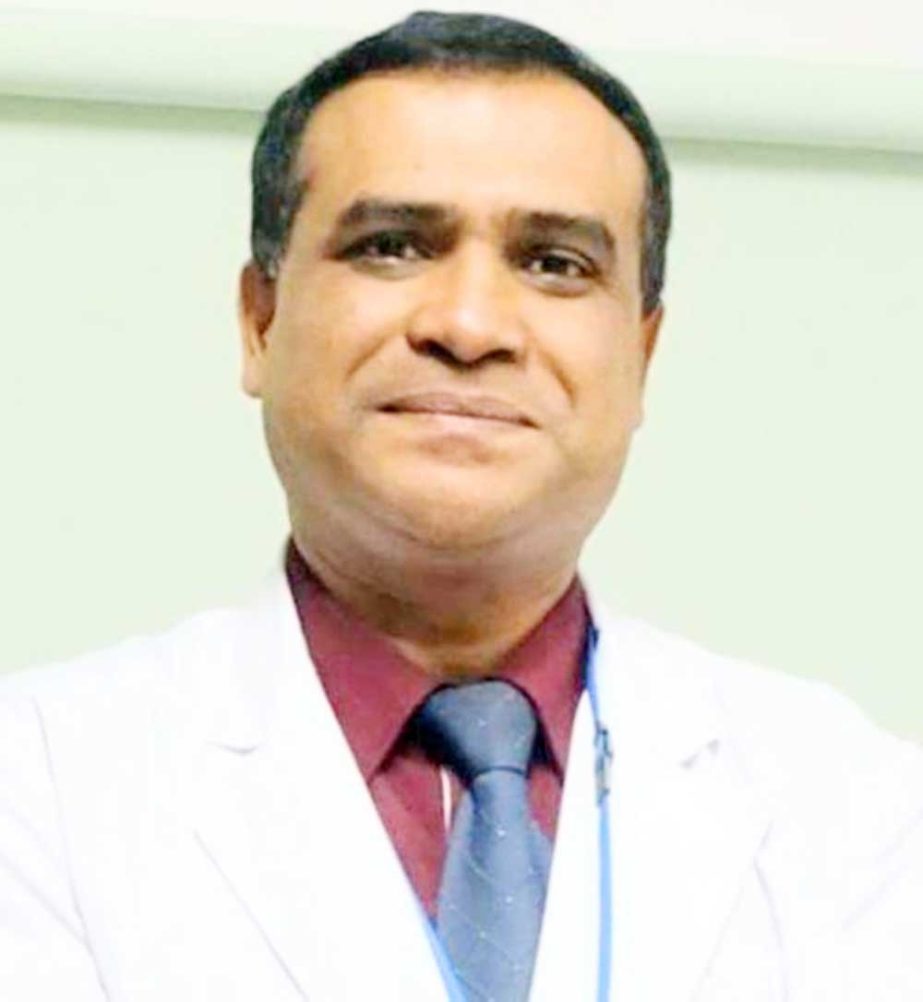
Dr. NC Nath, FPS, MD :
World Hepatitis Day – 2022 is being celebrated globally today on July 28, with the theme “No more waiting, now is the time to prevent Hepatitis”. The day is very significant because this day is the birthday of Nobel laureate geneticist Prof. Baruch Samuel Bloomberg. Baruch discovered HBV in 1967 and in 1969 along with microbiologist Millman discovered the HBV vaccine. A, B, C, D, E are Hepatitis viruses. HBV and HCV cause long-term liver infections, even leading to liver cancer. HDV cannot grow without HBV. However, the presence of HDB increases the severity of HBV. In Bangladesh, 55 million people are infected with HBV and 15 million people are infected with HCV, but eighty percent of people do not know that they are infected with HBV and HCV. Among them, 28 lakh are women (18 lakh fertile) and 4 lakh children. Hepatitis is the leading cause of death in the world after cancer.
According to data from the journal Lancet (2019), 42 percent of liver cancer patients were chronically infected with HBV and 31 percent of patients with HCV. One-third of the world’s people are infected with a nasty bacterium called hepatitis B virus (HBV). At present, about six percent of people are carrying this virus in the body for a long time. The main cause of long-term liver disease and liver cancer is this DNA virus. The good news is that an effective vaccine against it has been discovered and all children in Bangladesh are receiving this vaccine under the expanded EPI vaccination program. We can only hope to send this terrible virus to a museum in the near future – maybe!
According to The World Health Organization, Global Health Sector Strategy 2020 target of Hepatitis B virus elimination has been partially met, made possible by childhood vaccination and immunization programs. Now the B virus rate in children under four is 0.94%. Every year, 20 million people are newly infected with B virus and 10 million people die annually due to B virus.
The World Health Organisation has set some targets for B virus elimination between 2025 and 2030. Plan to reduce B virus infections in children under four to 0.5% in 2025 and 0.1% in 2030. Newly set targets to reduce the number of infections to 11 per 100,000 by 2025 and 2 per 100,000 by 2030. The Global Health Sector Strategy 2022 wants to reduce the death rate due to B virus from seven per million by 2025 and four per million by 2030.
The Global Health Sector Strategy 2022 therefore aims to vaccinate all infants with the first dose after birth and progressively increase coverage to at least the 90th century by 2030. Currently, only 30% of patients infected with B virus are diagnosed and treated. The World Health Organization’s goal is to diagnose 90 per cent of patients and treat at least 80 per cent of patients. Research shows that three-quarters of the world’s people are infected in childhood and in the womb-that is, through their own mother.
Worse, about 95 per cent of children with childhood infections carry the bacteria throughout their lives, unknowingly infecting others, and 5 per cent of children develop long-term complications, including liver cancer, in the distant future. The reason children have so many long-term infections is because of repeated exposure to the virus while in utero and a weak, exhausted immune response. The higher the viral load in the mother’s body, the higher the rate of infant infection. In adults, there is a strong immune response, even if the liver receives a short-term mild to moderate injury, in most cases, the body’s immune system destroys the infected cells through apoptosis and cytokines, and on the contrary, anti-HBV antibodies are produced in the body.
However, due to a weak exhausted immune response. Of these, only 5 per cent carry the virus long-term, and some develop liver complications. The expression of exhausted CD8 and T regulatory cells is what causes the body’s defenses to lose the fight against the virus. Before the birth of the baby, mothers come to the doctor for antenatal checkup. World Health Organization statistics show that only 0.4 per cent (3.5 per cent in Bangladesh) of pregnant mothers are carrying the virus. If this statistic is reduced to zero, the consequences of HBV will be similar to that of small pox. HBsAg ELIZA test is needed to detect infection – in the first trimester.
SGPT can detect liver cell injury or damage. HBeAg and HBV DNA PCR can be used to determine if the virus is replicating. Of course, an ultrasound of the liver should be done to see if there is a lump in the liver or if the liver is unevenly enlarged. Vaccination should be given if HBsAg test is negative. 20 micrograms as three (0,1,6 months) IM injections every six months. However, if AntiHBs (>10IU) are protective, better >100IU/L, i.e. vaccination is not required. If SGPT and DNA are high and there is evidence of liver fibrosis, treatment should be started for a long time. All other tests are normal but only if DNA is more than 200,000 IU per milliliter of serum, preventive medication should be started within 24-28 weeks of pregnancy which should continue for 12 weeks even after delivery. Antiviral medication will reduce the mother’s viral load, slow ongoing liver damage, and stop the infection in the baby.
(The writer is Head of Department and Associate Professor, Department of Gastroenterology, Mugda Medical College and Senior Consultant, Asghar Ali Hospital, Dhaka).

